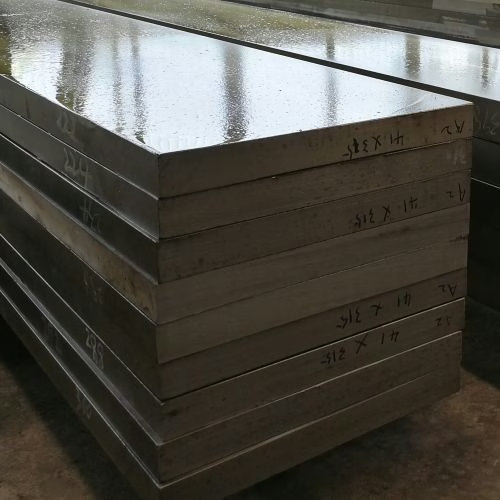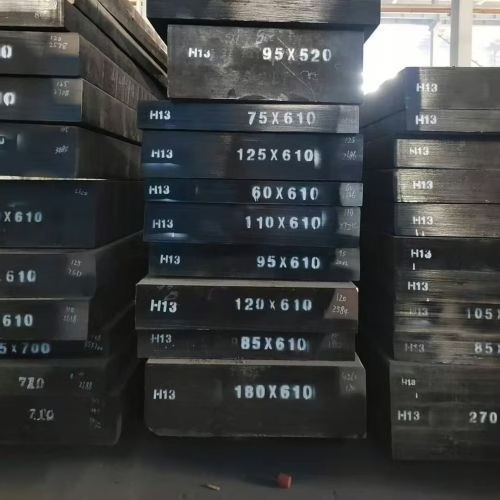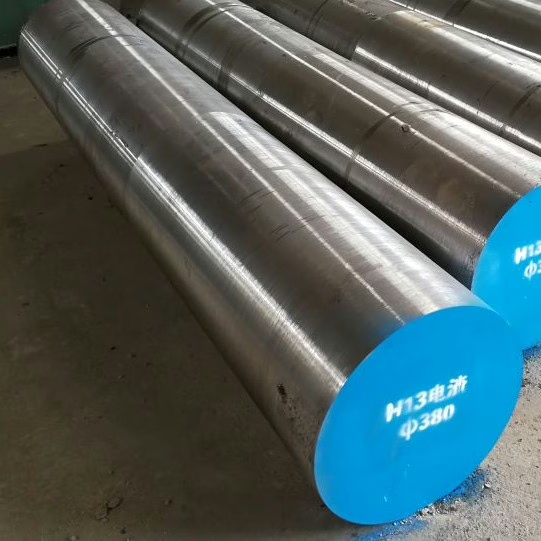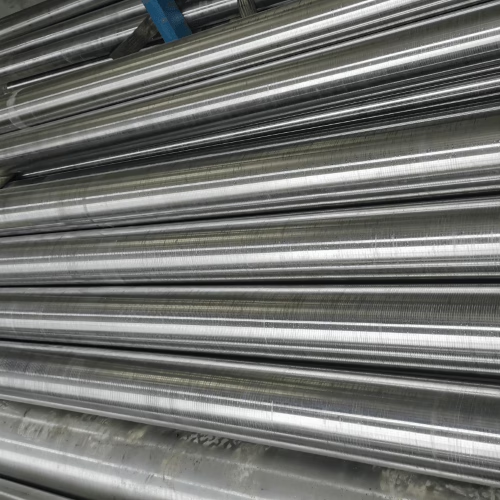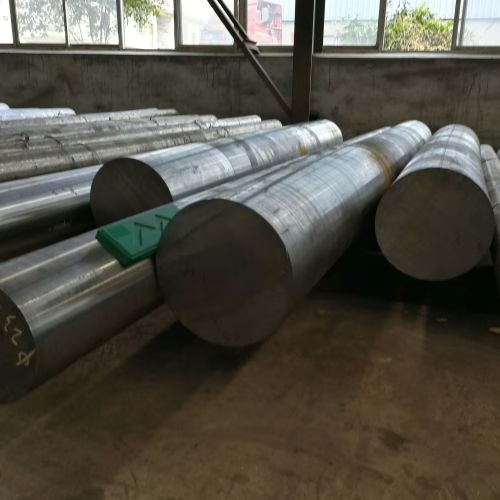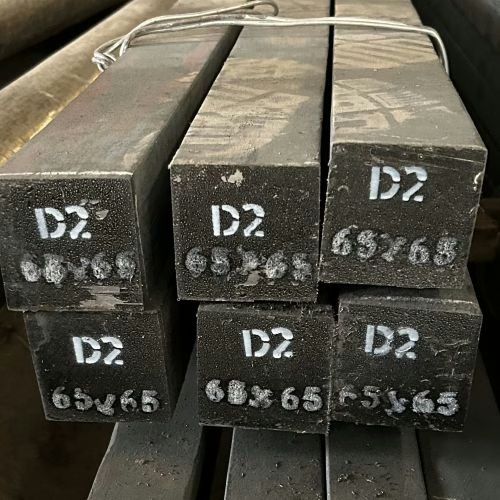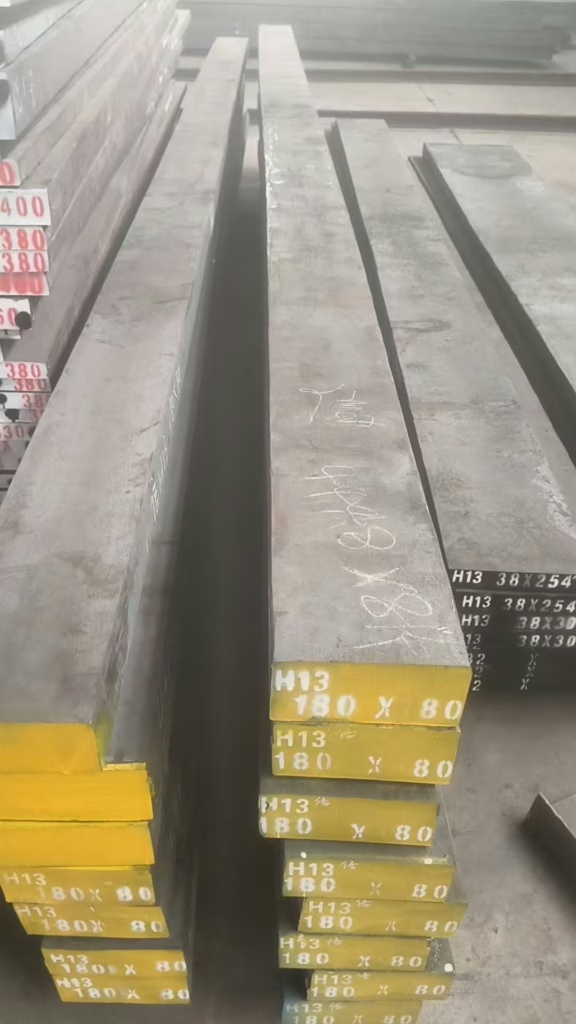A2 Steel Composition: The Definitive Guide to Air-Hardening Cold-Work Tool Steel
A2 Steel Composition is the foundation of one of the most widely utilized and balanced tool steels in the industry. Belonging to the Air-Hardening, Medium-Alloy Cold-Work category (AISI A series), A2 tool steel offers a desirable mix of abrasion resistance, safety in hardening, and toughness, making it suitable for a broad spectrum of applications. This […]
A2 Steel Composition: The Definitive Guide to Air-Hardening Cold-Work Tool Steel Read More »

